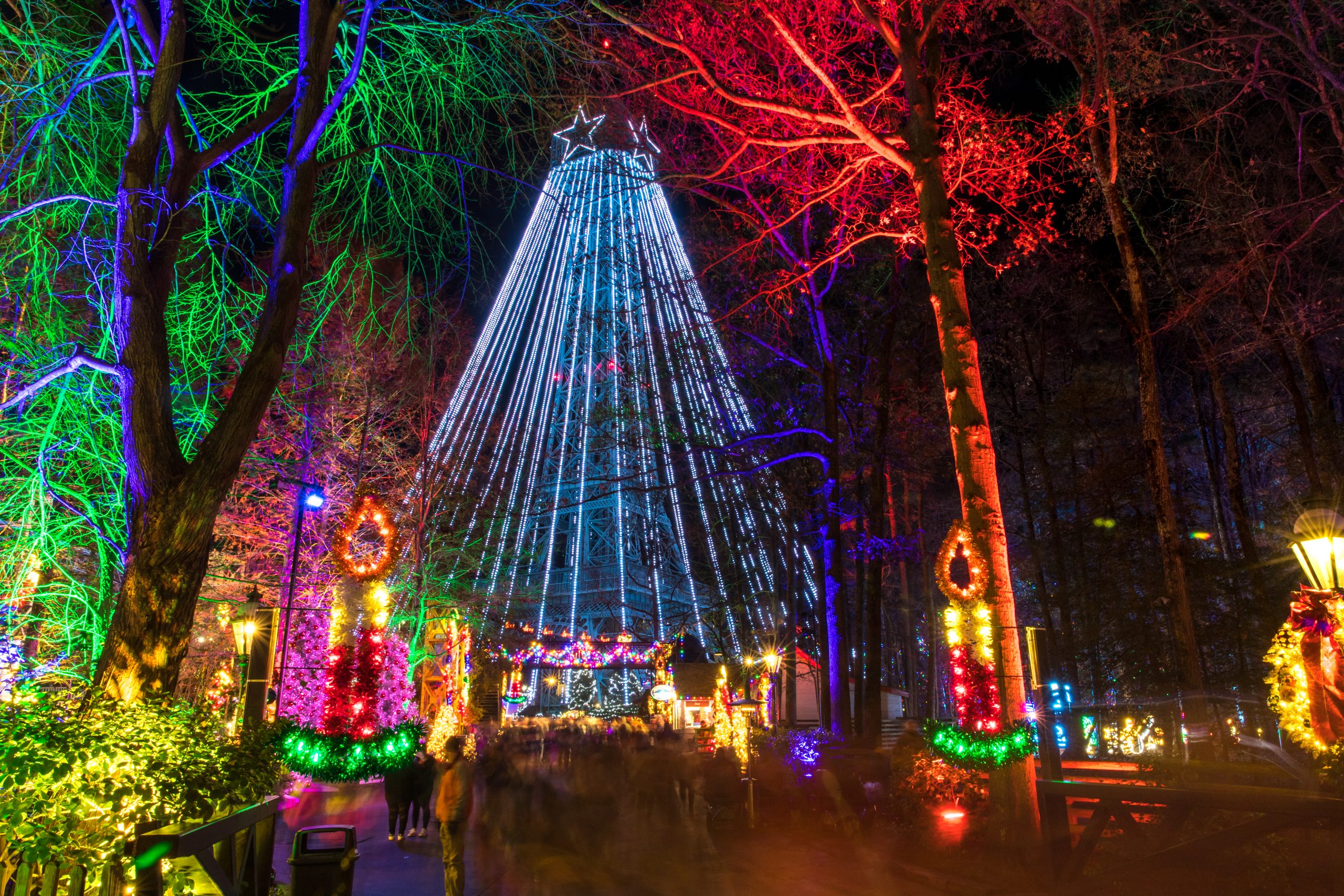Black and white pictures can be stunning and powerful. Create this timeless look without special equipment or film by following these easy steps.
How to Get Black and White Pictures
Black and white photos appeal to many people. Their look is classic, and creates a level of visual interest that is difficult to duplicate in color. There are several different ways black and white can be achieved, not necessarily by using special film or equipment.
A picture kiosk has picture-editing software that can be used to print your film in black and white. There are also digital camera accessories that can convert color to black and white. Using these accessories, you can make prints from color or black and white negatives or prints, color slides or a digital file by choosing black and white or sepia as the color format. This is an excellent way to print the occasional black and white photograph.
Take Digital Pictures
Most digital cameras have a black and white or sepia mode. Simply shoot your photograph using this selection and your photograph output will be in black and white. Picture editing software on your computer will allow pictures to be customized as well. Try adjusting brightness and contrast settings, or darkening a distracting background. Prints should be made on a photographic ink-jet paper for rich, dark blacks and fine image detail.
What Works Best in Black and White
Since a picture is simply a two-dimensional representation of reality, when shooting black and white, texture, shape, lighting and contrast will become the dominant elements. There are some key components that can make or break the composition, though. If your scene is already bland, for example, shooting in black and white can change a boring shot into an interesting landscape. If you are looking to give a print an old-fashioned flair, a portrait in black and white or sepia can yield just the look you are after. If you have a high contrast subject, a black and white shot can serve to give a dramatic effect to your photograph.
Color Vs. Gray Tones
Possibly the most difficult part of shooting black and white is to understand how color converts to shades of gray. Some colors are nearly identical shades of gray when converted, and some are not. If your toddler comes into the room wearing completely mismatched clothing, black and white can be your best friend. If you are shooting something red against a green backdrop, the colors will convert to almost identical shades of gray and will completely flatten any contrast between the two.
Decide before you shoot whether or not the scene before you will look better in color or black and white. For example, flowers generally look better in color, but if your emphasis is on a dewdrop hanging from a flower, black and white may yield a more dramatic effect.
Contrast and Key
Whether you are using photo-editing software or working in a traditional darkroom, contrast and key are the elements that can be emphasized or minimized in black and white in ways that are impossible in color.
A very extreme range between bright and dark will yield a high contrast print and confine the viewer’s attention to one element, while a scene with a narrow range of light and dark will make for a low contrast scene that will convey tranquility and peace. Remember the terms high key (primarily light tones) or low key (predominantly low tones) in relation to black and white photography. Contrast and key are not the same! A photograph can be low in contrast but high in key, as in the example of a blond, blue-eyed child against a white background.
Texture, Line and Shape
Watch for interesting texture to incorporate into your photograph. The interesting weave in a sweater or the texture of the leaves of a plant can be incorporated in your photo to create visual impact you may not necessarily see in a color print.
Lines and shapes can lead the eye through a black and white picture in ways they cannot in a color shot. A long meandering fence, rows of crops or the architecture of a building can add emphasis in a black and white print that would be less noticeable in color.
Lighting
Remember that without color light becomes a very important part of the composition of the photograph. Mood can be dramatically enhanced with lighting in black and white depending on the time of day and weather conditions. A foggy or overcast day will soften a photograph and give it a mysterious, romantic mood. Harsher lighting in the early morning or late afternoon will make a photo dramatic and accentuate texture or facial features.
Black and white photography is a dying art. Keep in mind, though, that without special equipment or film the effects of black and white are easy to attain. Digital cameras with black and white or sepia features can be used. Photo kiosks and software are available to turn color prints into dramatic black and white photos with the click of the mouse. With the right composition and a little sense of adventure, any amateur photographer can turn a generic color print into an exciting black and white one.
Source information adapted from “Taking Great Pictures” atwww.kodak.com.







